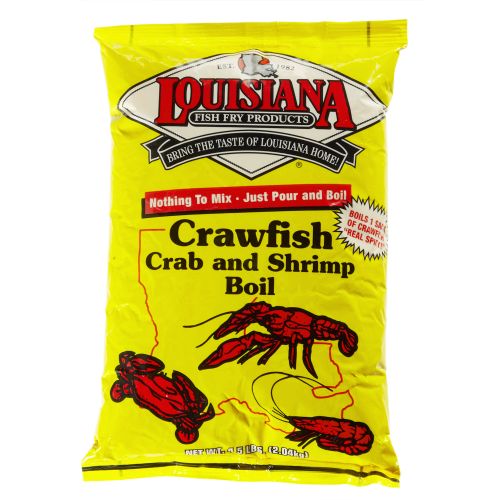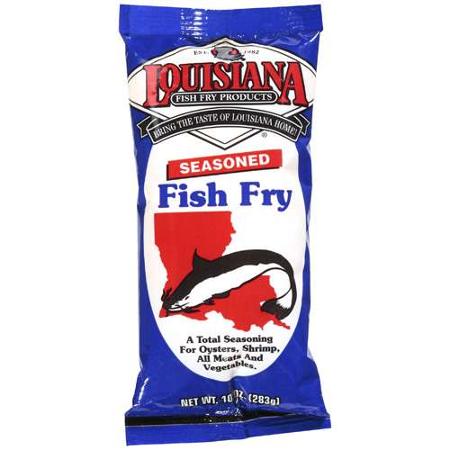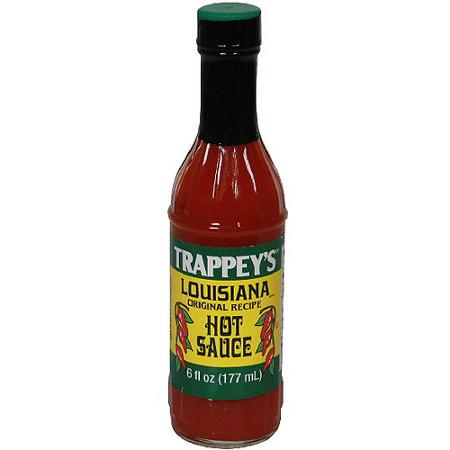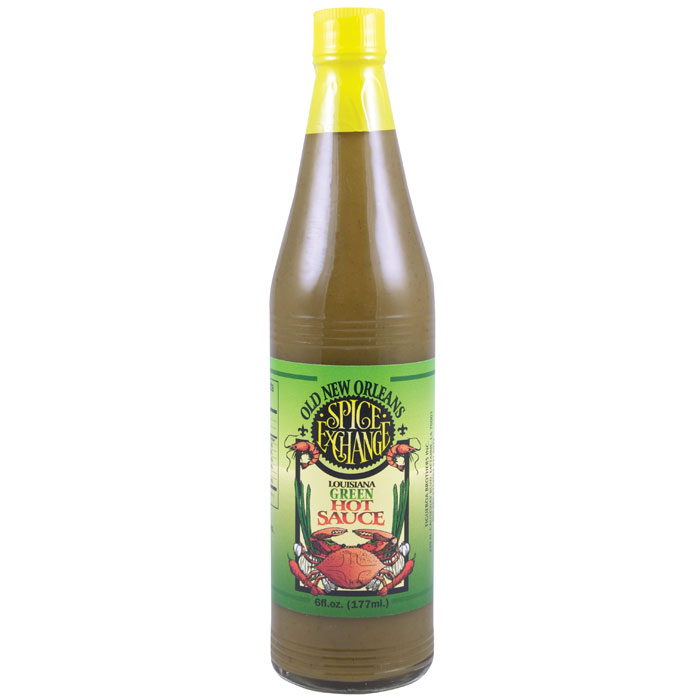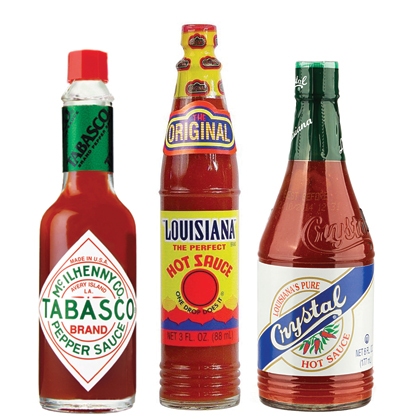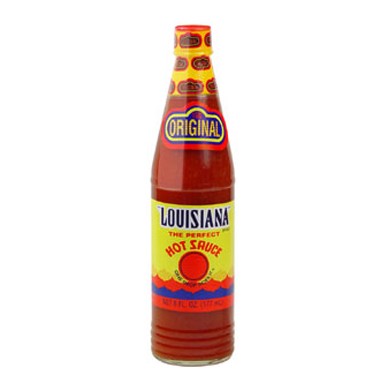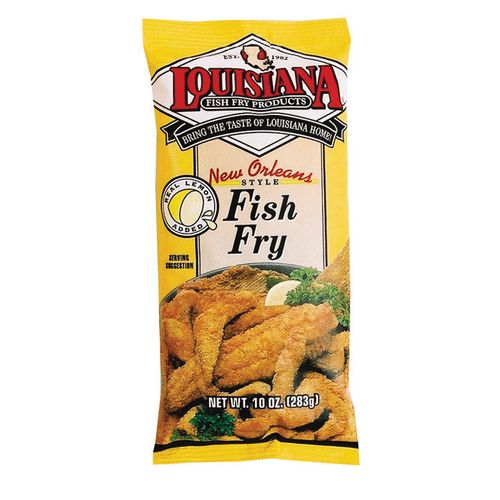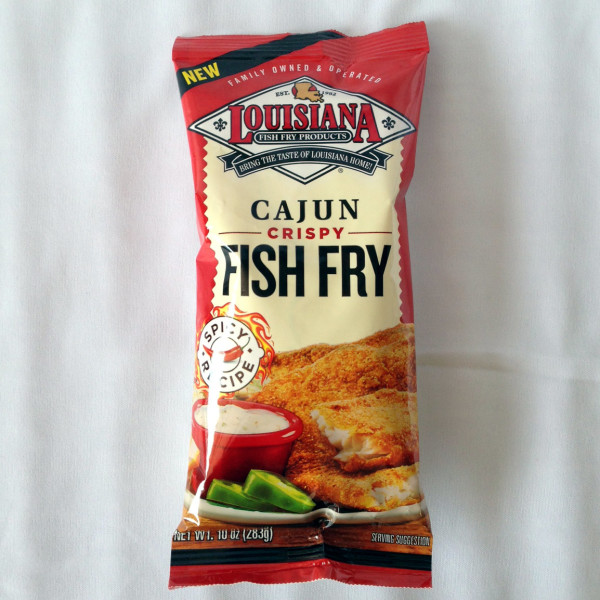Benefits and consequences of provisional patent applications
/Many times when clients come to me for assistance, they've either seen or actually used an online invention help company. From my perspective, all these guys ever seem to do is file provisional patent applications. I rarely see the quality of work I'd expect from a practicing patent lawyer from these online outfits. This is why the USPTO has a "Scam Prevention" page targeted towards invention promotion firms.
Given the bad rap for provisional applications, some patent attorneys flatly refuse to file them. In my experience, however, a provisional application can be a useful tool. This is especially so when the inventor hasn't developed a full plan for how the product will be made on a production scale. Here are the things I explain to my clients about the provisional process:
Provisional Patent Application Option: If your inventive concept is not yet complete, or information turned up in the patent search requires you to design around prior art, you may elect to file a provisional patent application. This application is not examined on the merits by the PTO. Rather, it establishes an early filing date for your inventive concept. The provisional patent application is good for one year, after which you must either file a regular utility patent application or abandon the invention.
Benefits of a Provisional Patent Application: The provisional application gives you a year in which to develop your inventive concept into a marketable or near marketable form. If your invention is already marketable, a provisional application gives you the option to explore market viability for a year before filing a regular utility application. Some of the requirements of a utility application are not present for provisional applications, so provisional applications are somewhat less expensive than utility applications.
Consequences of a Provisional Patent Application: New inventive concepts developed in the one-year interim period after filing a provisional application many not receive the benefit of the provisional application’s filing date. For this reason, the provisional application needs to be as detailed as possible when filed. A utility application will require significant additional work beyond that performed for a provisional application. The provisional application may also delay the examination of a utility patent application.
In my view, the inventor must weigh the pros and cons of a provisional patent before electing to pursue one. A client must always give informed consent for attorney decisions, and filing a provisional application for every client takes that choice away from the client. This is why invention promotion firms are wrong to use a cookie cutter approach. Likewise, attorneys that refuse to provisionals for any client may also be doing their clients a disservice.
What do you think are the correct circumstances for using a provisional application?
